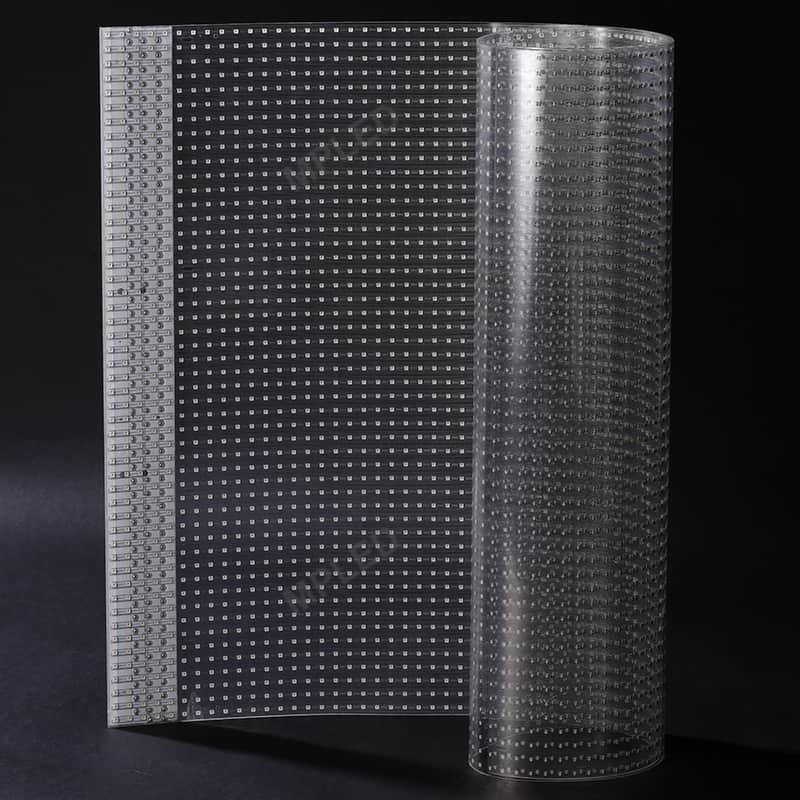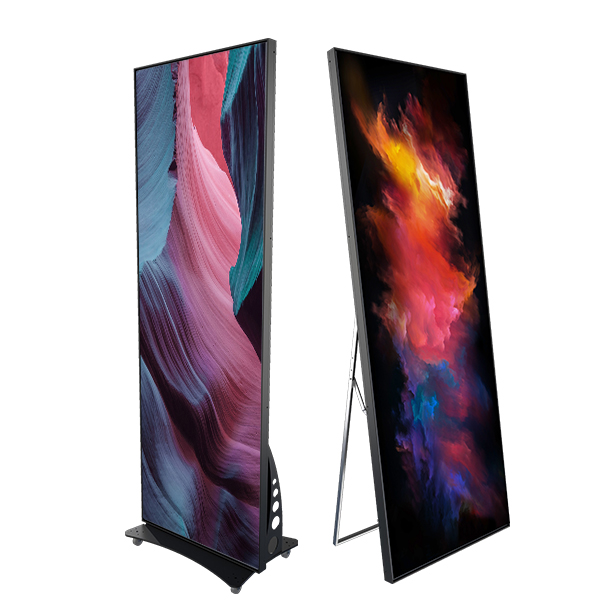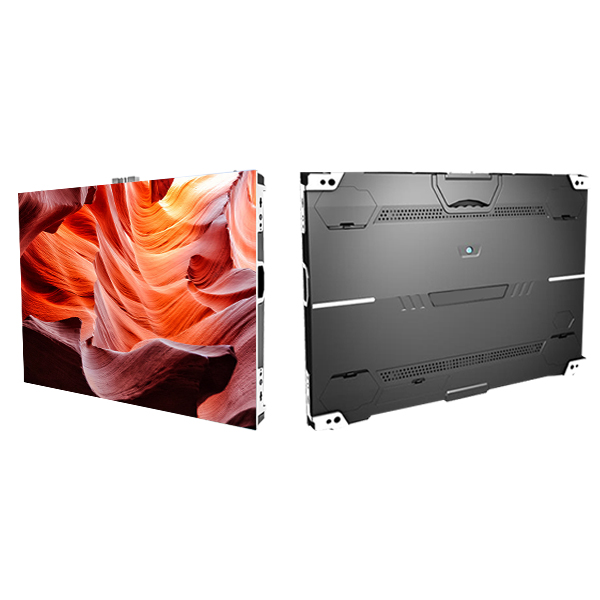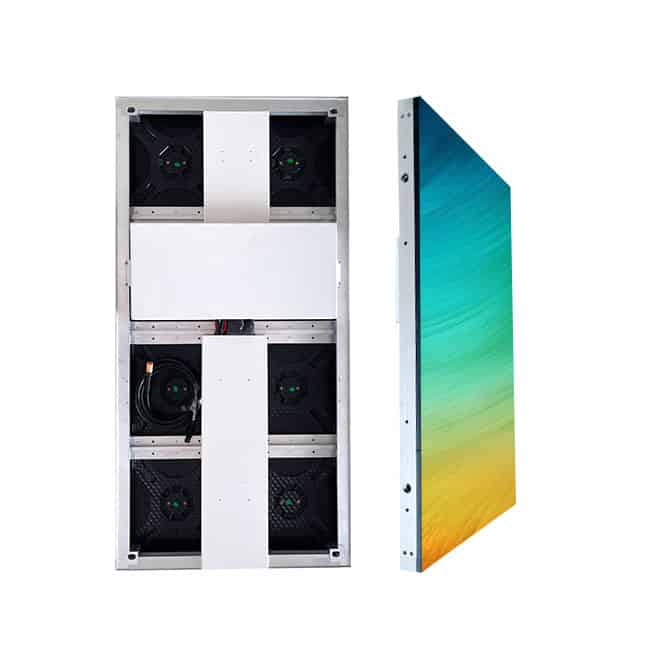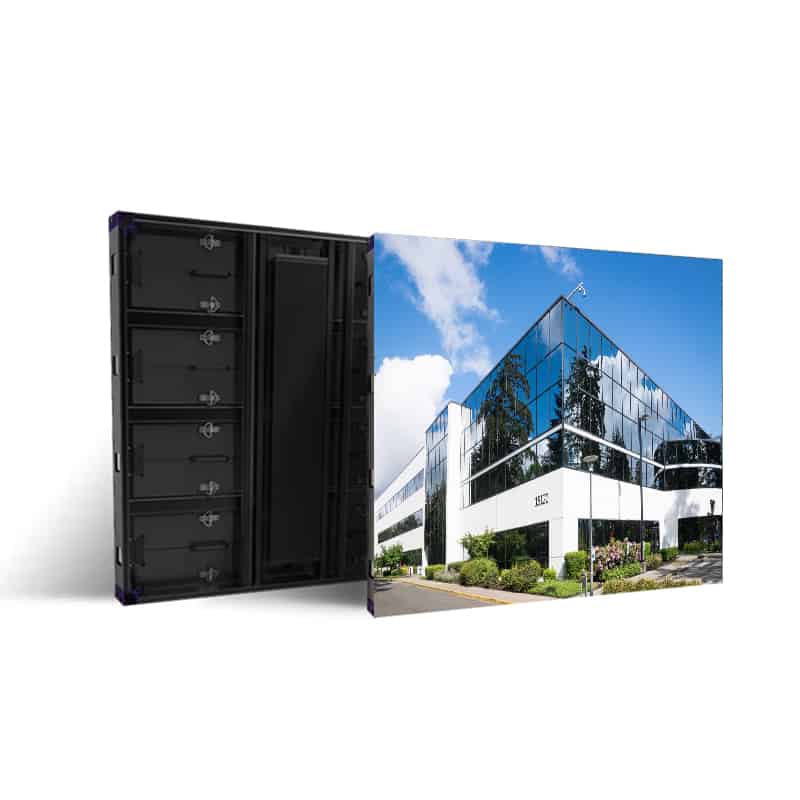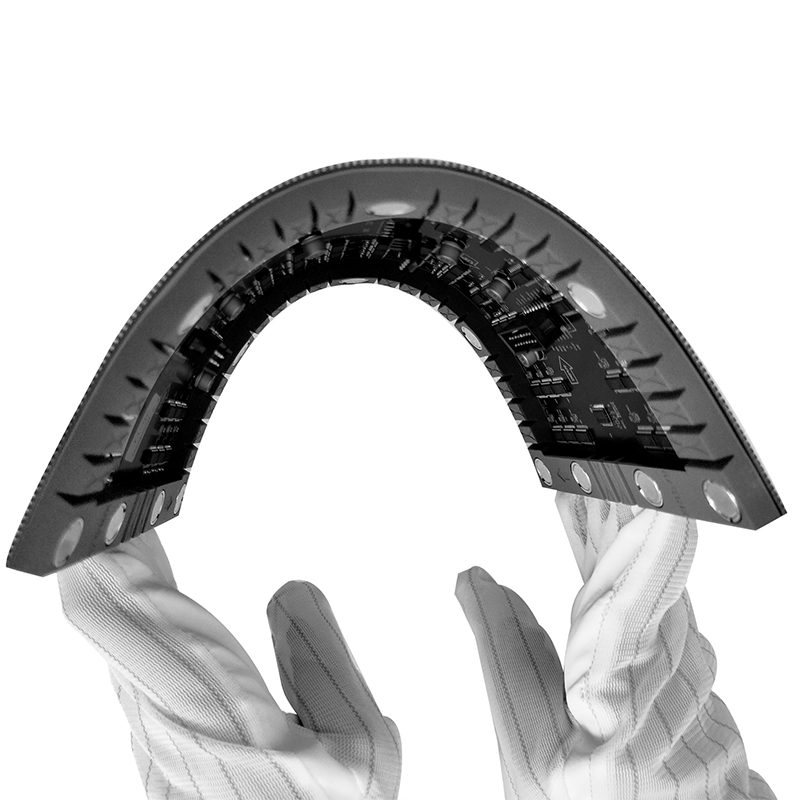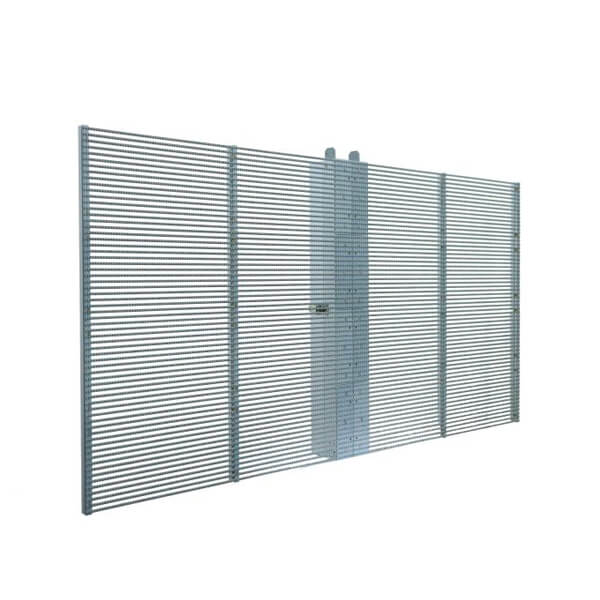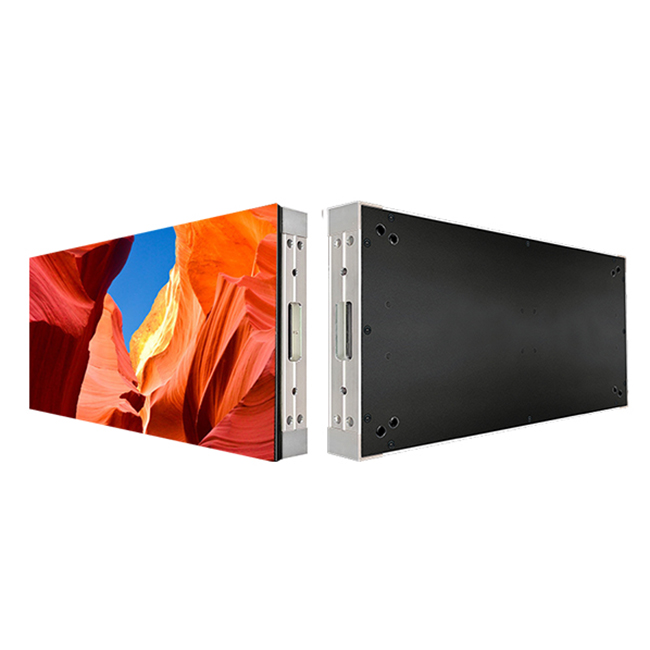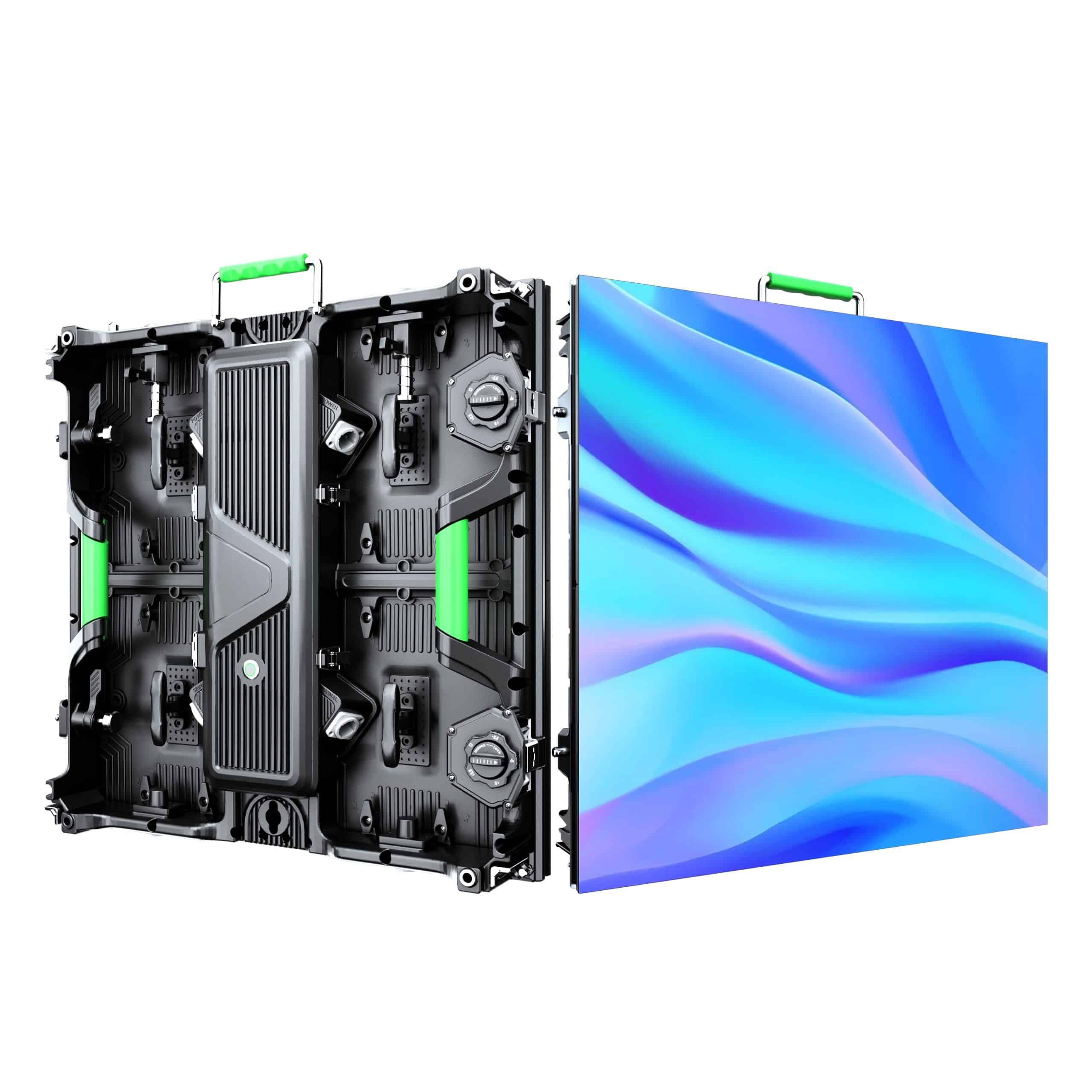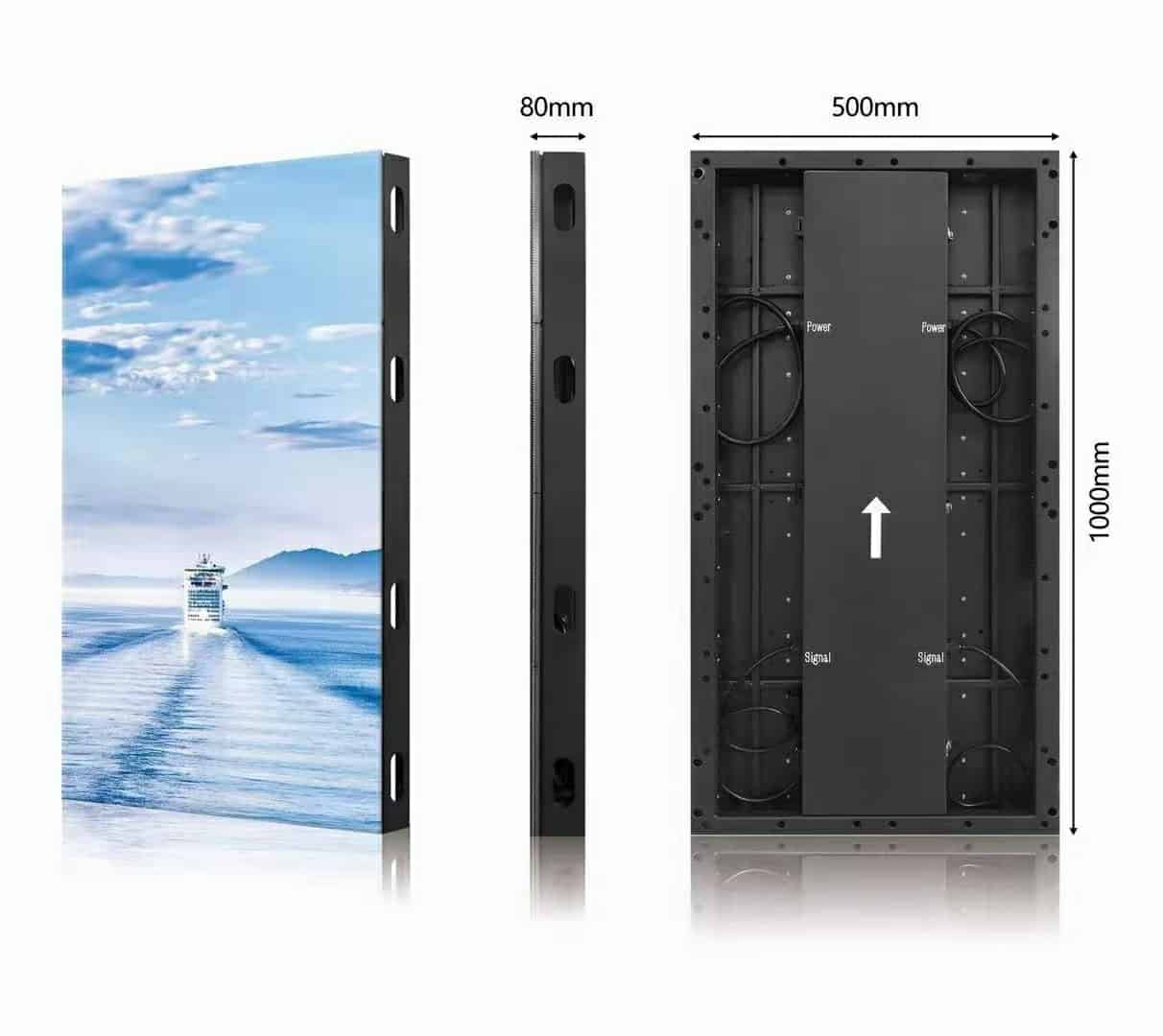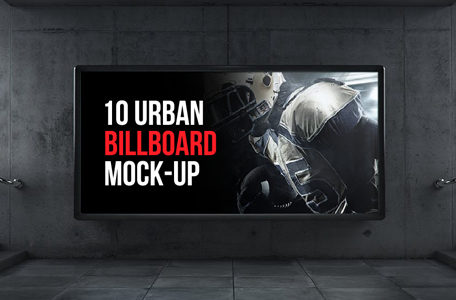How to choose a suitable LED display for stadiums
1.Screen type
The specific application needs to be considered. For example, indoors, in addition to LED small pitch screens, indoor stadiums (basketball stadiums, etc.) often have adjustable bucket screens. Several small bucket screens (which can be moved vertically) shrink to a large bucket screen. It can adapt to all kinds of occasions in the live broadcast of matches (basketball stadium, etc.).

2.Screen protection performance
For indoor or outdoor gymnasiums, heat dissipation has always been a part of the criticism of sports screens. Especially for outdoor screens in a changeable climate, high flame retardant grade and protection grade are necessary. Generally speaking, IP65 protection grade and wire V0 flame retardant grade are more ideal choices, and it is better to have a built-in cooling fan.
Especially for outdoor sports events, it is necessary to take into account my country’s special and changeable climatic environment. For example, the southern coast focuses on anti-tide, high-altitude areas are resistant to cold, while desert areas need to consider heat dissipation. Such areas must use high-level screens.

3.Overall brightness contrast and energy efficiency
The brightness requirements of outdoor sports display screens are higher than indoors, but it is not that the larger the brightness value, the more appropriate. For LED screens, brightness, contrast, and energy-saving effects need to be considered comprehensively. Choosing a high-energy-efficiency design LED display product is guaranteed in terms of safety, stability and service life.
4.Choice of installation method
The installation location determines the installation method of the LED display. When installing screens in stadiums, it is necessary to consider whether the screen needs to be grounded, wall mounted or embedded in the wall, whether it supports front and rear maintenance, and the ease of installation and maintenance.
5.Viewing distance
As a large outdoor stadium, users who watch at medium and long distances often need to be considered. Generally, a display with a larger dot pitch is selected. P6 and P8 are two common dot pitches in outdoor stadiums. . For indoor viewers, the viewing density is higher and the viewing distance is closer, so P4 and P5 are more appropriate for the dot pitch.
6.Whether the viewing angle is wide
For spectators in stadiums, due to the different seating positions and the same screen, the viewing angle of each spectator is more dispersed. The use of LED screens with wide viewing angles can ensure that each spectator has a good viewing experience.
7.High refresh rate
The use of a high refresh rate display screen can ensure the smoothness and continuity of the live broadcast of large-scale sports events, and the human eye’s perception is more comfortable and natural.
In summary, these issues need to be paid attention to if the stadium wants to choose a good LED display. At the same time, when choosing, it is necessary to focus on whether the manufacturer has prepared a series of appropriate solutions for the broadcast of sports events.

